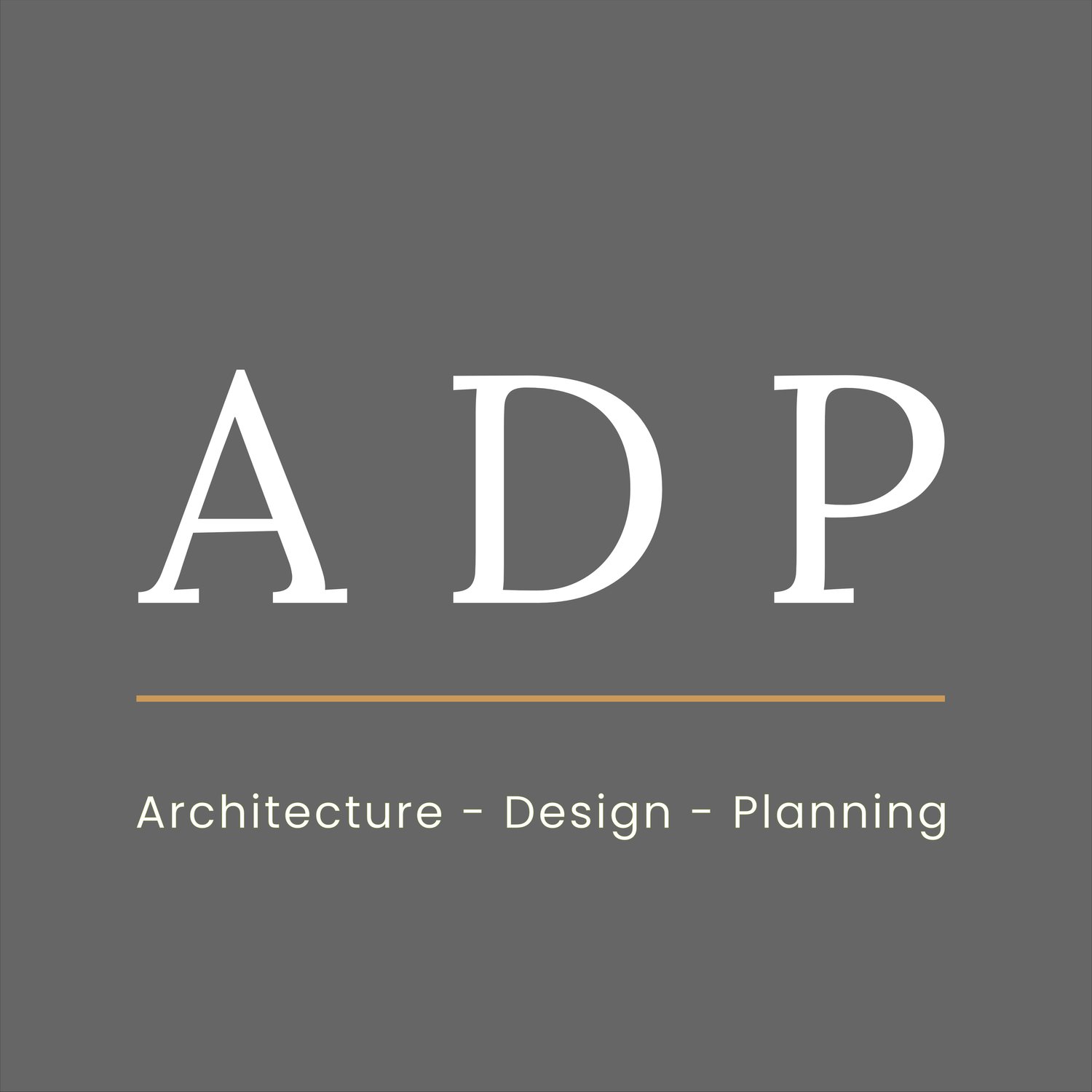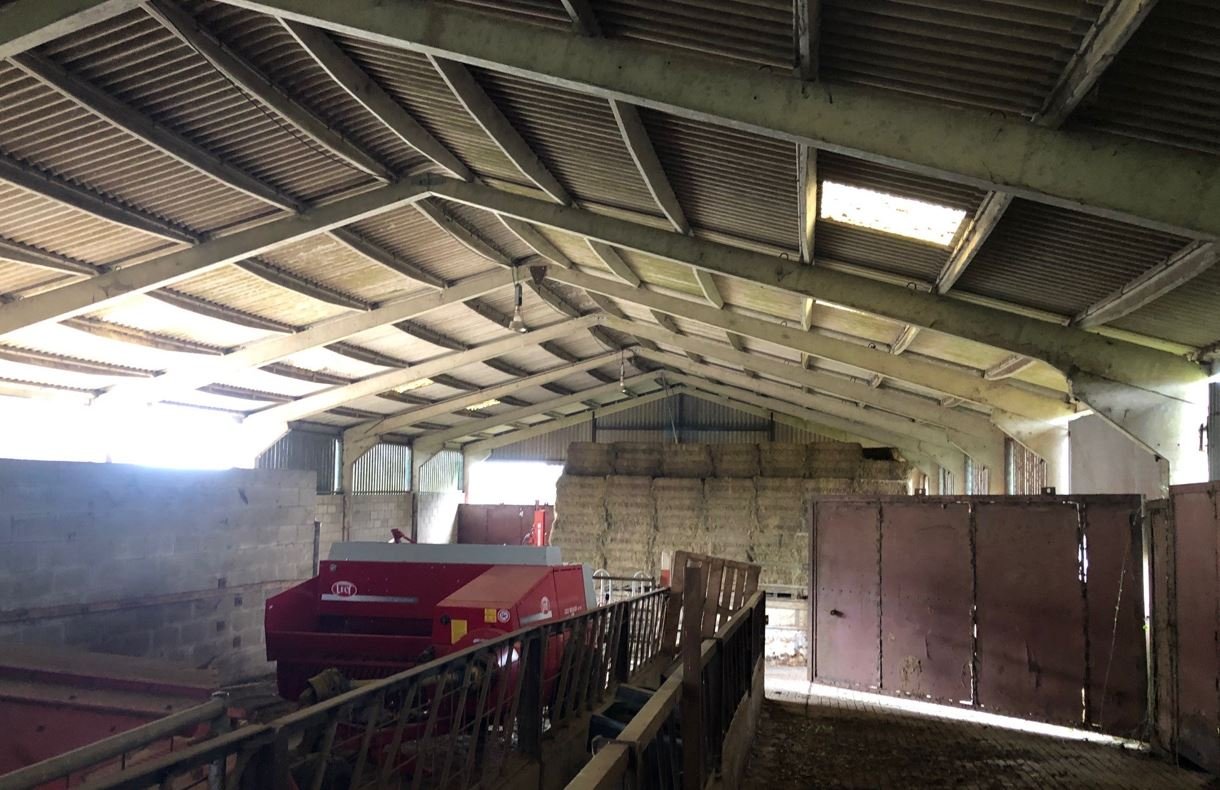Class Q Approval to Convert Existing Barns into 5 no Dwellings
Class Q is a very powerful element of the Town and Country Planning (General Permitted Development) (England) Order 2015 (as amended).
It provides a useful tool to enable the reuse and repurpose of redundant agricultural buildings that may not otherwise be acceptable under normal planning policies.
As demonstrated by this recent approval in rural Essex, it is even possible to gain approval for as many as 5 no. new homes.
Class Q - The Barn
In this particular instance, this small farm had been used as a hobby farm for many years, for the purposes of raising cattle, however it had become redundant.
The farm contained a number of barns and buildings, however, through Class Q, only one barn could be converted in this instance. The largest barn was chosen as the preferred building to use for this Class Q process as it offered the most scope for development.
The Number of Dwellings Allowed by Class Q
Class Q allows the conversion of a barn or agricultural unit into up to 3 separate larger dwelling houses, provided the cumulative floor space of the existing building does not exceed 465 square metres.
For the purposes of Class Q, larger dwellings are defined as falling between 100 square metres and 465 square metres.
In this case, a total of two larger dwellings were proposed that would have a floor area of 200 square metres each.
In addition, Class Q also allows up to 5 separate smaller dwellings. For the purposes of Class Q, smaller dwellings are defined as dwellings with less than 100 square metres. In this case 3 smaller dwellings, each with a floor area of 83 square metres, was proposed.
In combination, 5 dwellings were proposed under Class Q, two larger ones and 3 smaller ones, with a combined floor area of almost 650 sqm.
There may be other scenarios where larger barns than this one could be converted. The number of dwellings created by Class Q is limited 5, but that could involve a combination of larger and small units, such as, 1 no larger dwelling at 465 sqm and 4 no smaller dwellings at 100 sqm.
The Buildings Must have Last Been Used for Agricultural Purposes
Class Q is clear that the building must have last been used for agricultural purposes. A common pitfall is when a former agricultural building has since been used for non-agricultural uses, or if the barn is used as a stables, as equestrian uses very rarely ever fall within an agricultural use.
The Development cannot extend beyond the external dimensions of the existing building
In this case, the cattle barn included a number of existing openings. The proposed scheme sought to enclose the opening with glazing and cladding where appropriate.
To comply with Class Q, it is essential that development does not result in the external dimensions of the building extending beyond the external dimensions of the existing building at any given point. A common mistake is adding cladding to existing block work. This action alone would mean that the proposal would not comply with Class Q, as the cladding would extend, past the external dimensions. Cladding can only be added where it does not extend beyond the existing building, for example, to close an existing opening.
Does the Proposal amount to a Conversion or a New build?
A number of local planning authorities have a culture of resisting Class Q applications. Where this occurs, one of the key parts of the Class Q criteria they focus on, is whether the building can in fact be converted, or whether in their opinion, the works are so great that they amount to a new build. This particular issue has been hotly debated through the courts.
As we had carried out in this rural Essex case, it is therefore essential that a structural survey forms part of the application submission. The structural survey will need to demonstrate that the barn is stable and structurally sound with no evidence of significant structural deficiency and is capable of conversion with no requirement for change, strengthening or any significant remedial work.
Are there any areas where Class Q cannot be used?
Class Q can be applied across much of the country and within remote rural areas. However, the criteria states that this provision cannot be used on article 2(3) land, i.e. a conservation area, AONB, The Broads, a National Park or a World Heritage Site. It also cannot be used if the site is, or forms part of a site of special scientific interest; a safety hazard area; a military explosives storage area; or the site is or contains a listed building or scheduled monument.
Transport and Highways Impacts of the Development
Class Q allows the local planning authority to make an assessment of the proposals in respect to the transport and highways impacts. In this regard, the NPPF states that development should only be prevented or refused on highways grounds if there would be an unacceptable impact on highway safety, or the residual cumulative impacts on the road network would be severe.
In this case, the proposed scheme was able to utilise an existing farm track, although improvements were required to the visibility splay where its meets the public road, and a widening of the track to enable fire truck access.
Noise Impact
Class Q also requires the local planning authority to make an assessment of the proposals in respect to noise. As the main agricultural use had ceased, there were no noise impacts that would affect the proposed residential use of these agricultural buildings in rural Essex.
Contamination Risks
Class Q also requires the local planning authority to make an assessment of the proposals in respect to contamination. An application submission should be supported by a contamination report.
Flooding Risks
Flood risk is an important consideration and in areas of flood risk, a site specific flood assessment will be required to prove that the site is safe from flooding, in line with national policy.
Suitability of Location
The permitted development right does not apply a test in relation to sustainability of location. This is to recognise that many agricultural buildings are often in more remote locations. However, suitability of location remains a key test. This test is to ensure that the location of the building is not in an otherwise undesirable location for residential use, for example, adjacent to intensive poultry farming buildings, or dangerous machines or chemicals.
Design and External Appearance
Design is still a consideration when the local planning authority are making their assessment of the Class Q application. Councils will generally require that any submission is of a design and appearance which reflects and upholds the inherently agricultural and rural character of a buildings setting.
Natural Light
A more recent addition to Class Q saw the addition of a new criterion that requires the provision of adequate natural light in all habitable rooms. This has been introduced to ensure that a good quality of space can achieved through the conversion. In our recent approval we ensured that all the units were dual aspect, with careful placement of habitable windows.
Contact A D P about your Class Q Project
Do you have a redundant agricultural building and would like assistance seeking permission for its change of use to residential use, if so please contact us at mail@adpltd.co.uk or use the form below:




